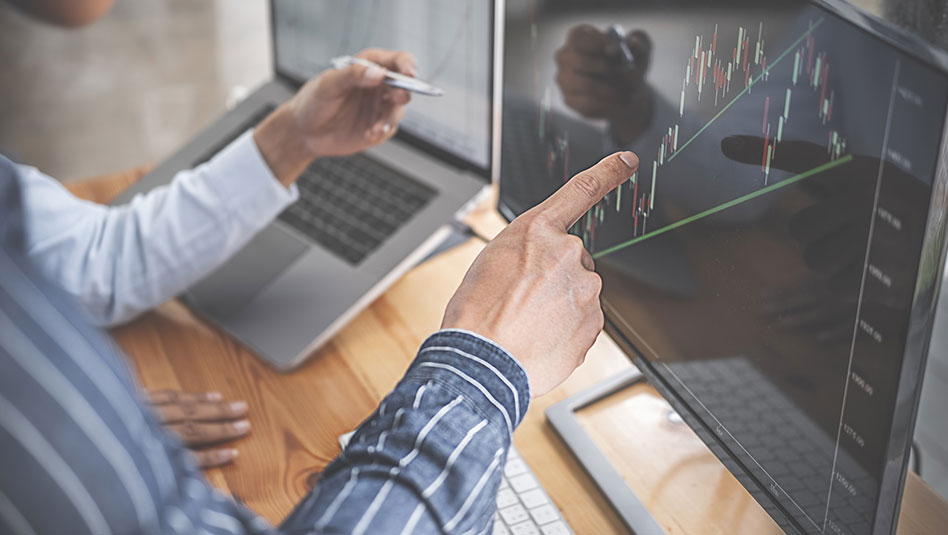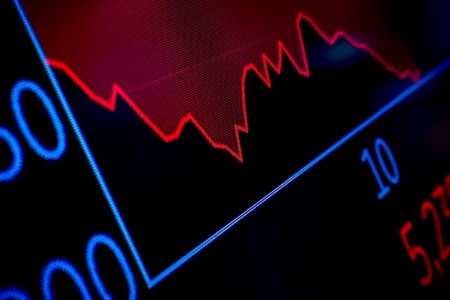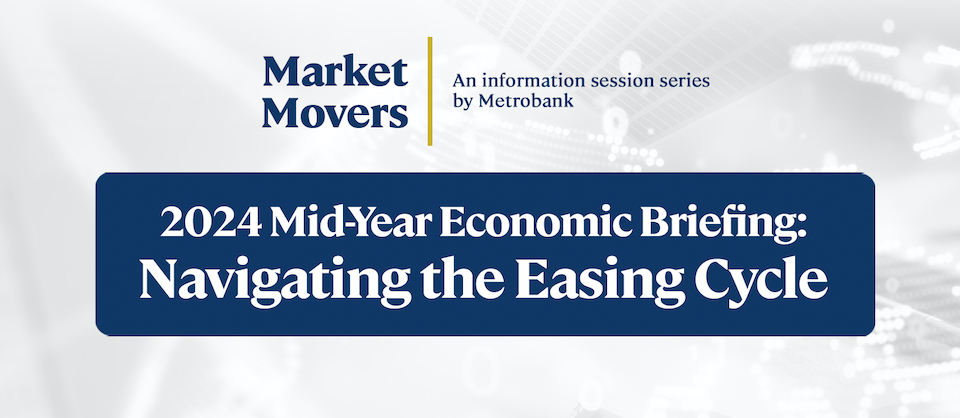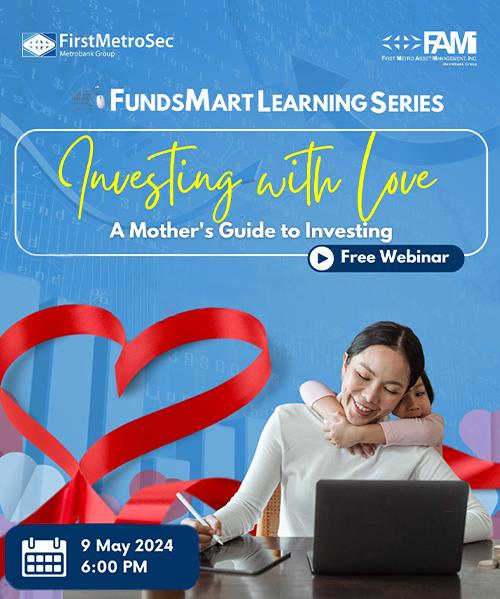




Quarterly Economic Growth Release: More BSP cuts to come
 DOWNLOAD
DOWNLOAD

Monthly Economic Update: Fed catches up
 DOWNLOAD
DOWNLOAD

Inflation Update: Steady and mellow
 DOWNLOAD
DOWNLOAD


Markets’ tariff carnage can get much, much worse

NEW YORK – The age-old warning to unsophisticated investors hungry to buy a dip: beware of catching a falling knife. US equity markets are collapsing, with the S&P 500 heading toward the 20% bear market decline threshold after notching its worst two consecutive trading days since March 2020. It might just be the start. As investors parse through the damage after President Donald Trump raised US tariffs to their highest level in a century, market volatility is spiking, and forecasts for earnings are tumbling, promising yet more downside.
Traders have yet to fully grasp this new reality. Wall Street estimates for earnings per share of the S&P 500 Index, representing the earning power of the biggest US-listed firms, still hovers a bit over USD 275 for this year, up 13% from 2024, according to LSEG data. As analysts grapple with the details of rising costs and potential economic blowback, some banks are now lowering their projections. Goldman Sachs has reduced its guess on earnings-per-share growth to 3%, while UBS has cut all the way to zero.
Rising risks of economic catastrophe amp this up further. UBS expects two quarters of negative GDP growth this year, enough to qualify as a recession, if tariffs are fully implemented. At prediction market Kalshi, the odds of such an economic contraction have crossed 60%. Since World War Two, S&P 500 earnings have dropped by a median of 13% from peak to trough in recessions, according to Goldman Sachs. A similar drop from 2024 would result in an earnings-per-share target for the S&P 500 of USD 211 in 2025.
The real pain, though, comes if investors begin to ascribe less value to each dollar of profit. Buoyed by the immense growth of technology companies like USD 2.8 trillion iPhone maker Apple or USD 2.3 trillion semiconductor firm Nvidia, the S&P 500 has traded at a median of 20.5 times estimates of year-ahead earnings since 2020, according to LSEG data, up from 16.9 times during the five years prior. As of April 4, the ratio stood at 18.4. In a world where US profit margins are strained by protectionist policies, any premium over the recent past looks suspect.
In its “bear case” scenario, JPMorgan anticipates no tariff relief and zero earnings-per-share growth through 2026. Applying a one-year forward multiple of 16 times, the bank’s researchers get an S&P 500 price target of 4,000 by year-end, nearly a fifth below Monday’s open. Anyone trying to grasp hold of this freefall may end up with a nasty gash.
CONTEXT NEWS
Major global stock indexes fell on April 7 for the third-straight session in the wake of President Donald Trump’s announcement of sweeping tariffs on US trading partners. The S&P 500 is down around 12% from the close of trading April 2, falling into bear-market territory. The CBOE volatility index surpassed 50 points, its highest level since the onset of the Covid pandemic.
(Editing by Jonathan Guilford and Pranav Kiran)
This article originally appeared on reuters.com





 By Reuters
By Reuters